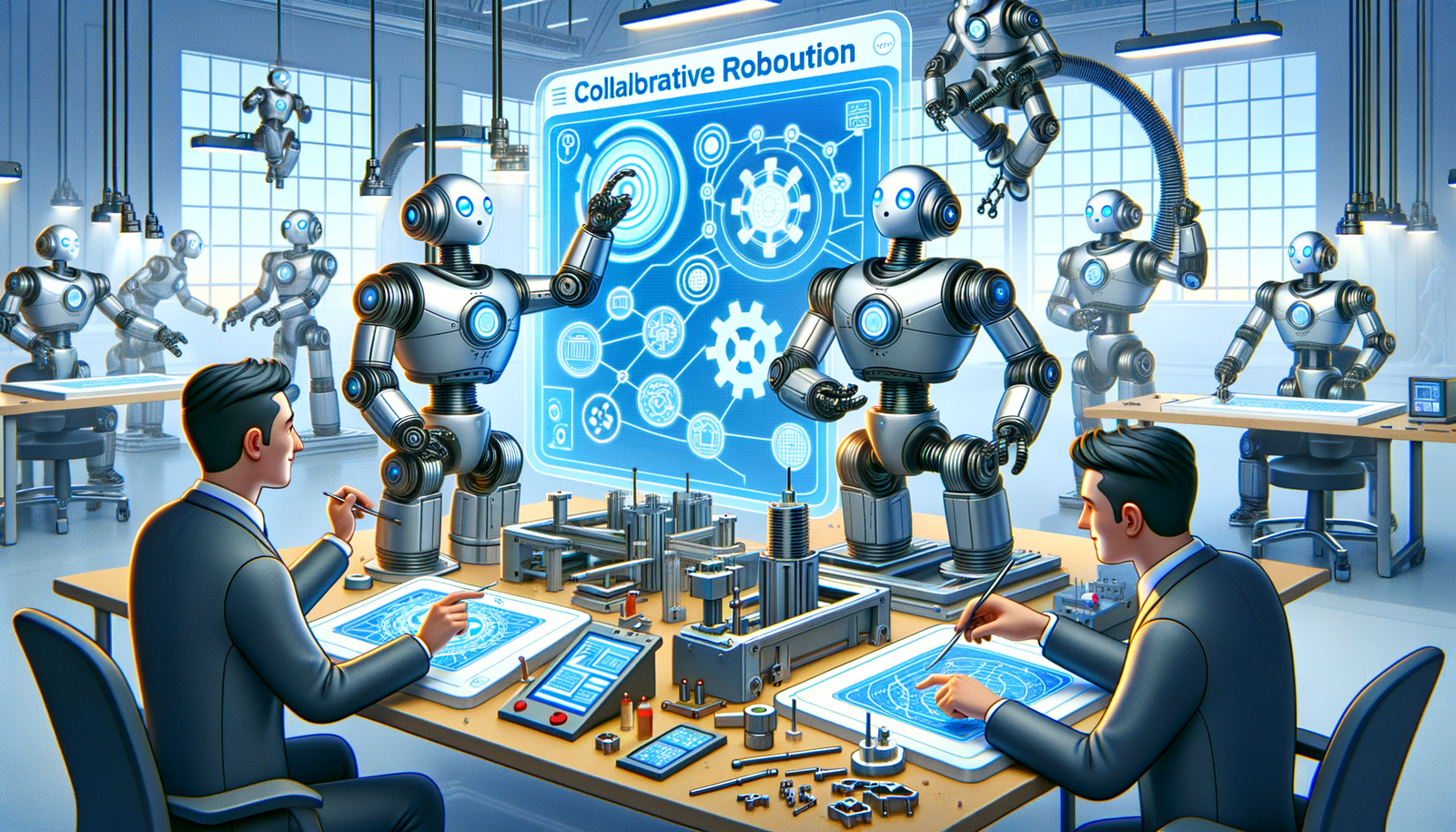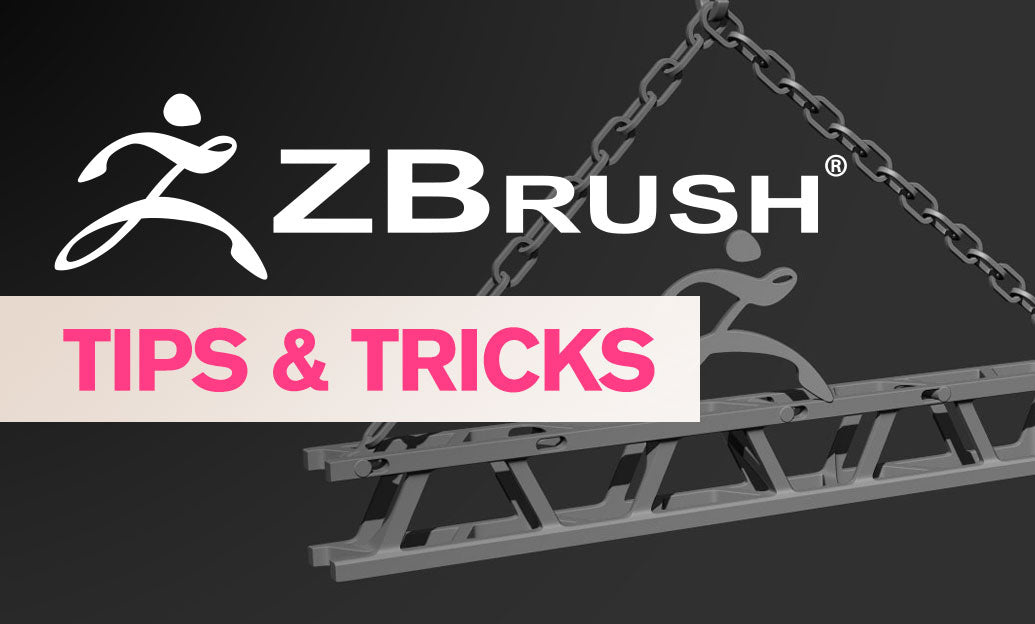Your Cart is Empty
Customer Testimonials
-
"Great customer service. The folks at Novedge were super helpful in navigating a somewhat complicated order including software upgrades and serial numbers in various stages of inactivity. They were friendly and helpful throughout the process.."
Ruben Ruckmark
"Quick & very helpful. We have been using Novedge for years and are very happy with their quick service when we need to make a purchase and excellent support resolving any issues."
Will Woodson
"Scott is the best. He reminds me about subscriptions dates, guides me in the correct direction for updates. He always responds promptly to me. He is literally the reason I continue to work with Novedge and will do so in the future."
Edward Mchugh
"Calvin Lok is “the man”. After my purchase of Sketchup 2021, he called me and provided step-by-step instructions to ease me through difficulties I was having with the setup of my new software."
Mike Borzage
Design Software History: Design Software's Role in Revolutionizing Collaborative Robotics for Modern Manufacturing
November 24, 2024 5 min read


Introduction
In the rapidly evolving landscape of modern manufacturing, collaborative robots, commonly known as cobots, have emerged as a transformative force. Designed to work alongside humans in shared workspaces, cobots are redefining automation by enhancing efficiency while ensuring safety. At the heart of this technological revolution lies sophisticated design software, which plays an integral role in the development and integration of these intelligent machines. The synergy between cobots and advanced design tools not only accelerates innovation but also bridges the gap between complex engineering concepts and practical industrial applications. Key players such as Universal Robots, KUKA, and software providers like Autodesk are spearheading advancements in this sector, leveraging cutting-edge technologies to push the boundaries of what's possible in robotics.
The Emergence of Collaborative Robots
The journey of robotics in manufacturing began with the advent of industrial robots in the late 1950s, marked by the introduction of Unimate, the first-ever industrial robot developed by George Devol and Joseph Engelberger. Unimate revolutionized assembly lines by automating tasks that were hazardous or monotonous, setting the stage for widespread adoption of robotics in industries like automotive manufacturing. As technology progressed, traditional industrial robots became more capable but remained confined to specific, isolated tasks due to safety concerns and lack of adaptability.
The evolution towards collaborative robots was driven by the need for machines that could safely operate in close proximity to human workers. Unlike their traditional counterparts, cobots are designed with inherent safety features such as force feedback, collision detection, and speed limiting functions. These characteristics enable them to be user-friendly and highly adaptable, making them suitable for a variety of tasks in dynamic environments. Cobots can easily be reprogrammed and repurposed, allowing manufacturers to respond swiftly to changing production demands without extensive downtime. Their ability to enhance productivity while maintaining flexibility has positioned cobots as a pivotal element in the future of automation.
The Role of Design Software in Cobot Development
The development of collaborative robots is intricately linked to advances in design software, which provides the tools necessary for conceptualizing, modeling, and refining robotic systems. This specialized software encompasses various types, including Computer-Aided Design (CAD), simulation tools, and robotics programming environments. CAD software allows engineers to create detailed 3D models of robot components and assemblies, ensuring precise specifications and facilitating seamless integration of parts. Simulation tools, on the other hand, enable the testing of robot behavior in virtual environments, allowing for the analysis of performance and identification of potential issues before physical prototypes are built.
Significant platforms in this domain include RoboDK and Autodesk Fusion 360. RoboDK offers a powerful simulation and offline programming environment that supports a wide range of robot manufacturers and models, enabling users to program robots outside of the production environment and test their applications virtually. Autodesk Fusion 360 provides an integrated CAD, CAM, and CAE platform that supports collaborative design efforts and rapid prototyping. These tools facilitate the creation of cobots by allowing for iterative design processes, where multidisciplinary teams can collaborate in real-time, refining designs based on simulations and feedback.
Design software aids in:
- Rapid prototyping: Accelerating the development cycle by allowing quick creation and modification of designs.
- Simulation and testing: Predicting robot performance and interactions in a virtual setting to mitigate risks.
- Collaboration: Enabling teams across different disciplines to work together seamlessly.
Case Studies and Industry Impact
The integration of collaborative robots into various industries has led to significant improvements in efficiency, safety, and productivity. Companies in the automotive and electronics sectors have particularly benefited from cobots' ability to perform precise and repetitive tasks while working alongside human operators. Cobots are used for assembly, material handling, packaging, and quality inspection, tasks that require both consistency and adaptability.
In the automotive industry, cobots assist with tasks such as installing components and welding, reducing the physical strain on workers and minimizing human error. The electronics industry utilizes cobots for assembling delicate components and circuit boards, where precision is paramount. The impact of cobots includes:
- Enhanced efficiency: By automating routine tasks, cobots free human workers to focus on more complex and creative aspects of manufacturing.
- Improved safety: With built-in safety features, cobots reduce workplace accidents and create a safer environment for employees.
- Increased productivity: The collaboration between humans and robots leads to higher output without compromising quality.
Future Trends in Design Software and Cobot Technology
As technology continues to advance, the future of cobots and design software is poised for significant developments. Emerging technologies such as Artificial Intelligence (AI) and Machine Learning are being integrated into robotics, enhancing the capabilities of cobots to learn from their environments and improve their performance over time. AI-driven cobots can adapt to new tasks without extensive reprogramming, making them even more versatile in manufacturing settings.
In terms of design methodologies, there is a shift towards more intuitive and user-friendly software interfaces, allowing individuals without extensive programming backgrounds to design and deploy robotic solutions. Software capabilities are expanding to include advanced simulation of complex systems, real-time data analysis, and integration with the Internet of Things (IoT). Potential advancements include:
- Enhanced simulation tools: Providing more accurate virtual testing environments that closely mimic real-world conditions.
- Cloud-based collaboration: Enabling teams to work together from different locations, accessing shared resources and updating designs in real-time.
- Generative design: Utilizing algorithms to generate optimized design solutions based on specified parameters and constraints.
Conclusion
The evolution of collaborative robots is deeply intertwined with the advancements in design software, forming a symbiotic relationship that fuels innovation in manufacturing and beyond. Design software not only facilitates the creation and optimization of cobots but also enhances their integration into various industrial applications. As industries continue to adapt to automation, the role of cobots is set to expand, driven by continuous improvements in software and technology.
Looking ahead, the potential of cobots to enhance workflows and drive innovation is immense. Their ability to work safely alongside humans, coupled with advancements in AI and machine learning, positions them as key enablers in the transition towards smart factories and Industry 4.0. The ongoing collaboration between engineers, software developers, and industry professionals will be crucial in unlocking new possibilities and shaping the future of automation across sectors.
Also in Design News

ZBrush Tip: Techniques for Sculpting Realistic Veins in ZBrush
December 22, 2024 2 min read
Read More
Revit Tip: Expert Tips for Creating and Managing Topography in Revit
December 22, 2024 2 min read
Read MoreSubscribe
Sign up to get the latest on sales, new releases and more …



